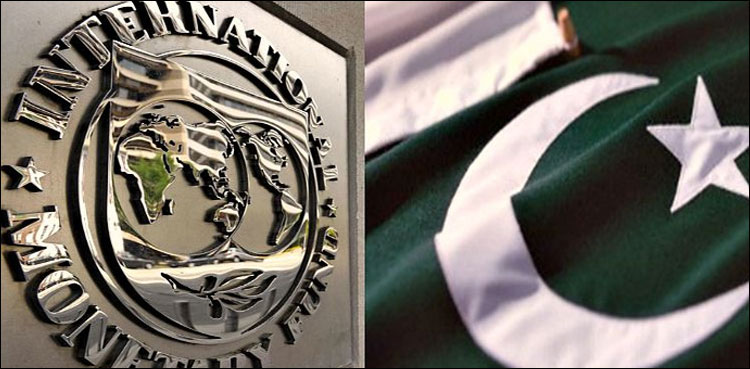|
Getting your Trinity Audio player ready...
|
Introduction: A Tapestry of Challenges and Global Assistance
From its inception in 1958, Pakistan’s alliance with the International Monetary Fund (IMF) has been a complex weave of financial challenges, strategic moves, and global assistance, molding the nation’s economic trajectory over decades.
Understanding the Current Scenario: Debt Rankings and Financial Implications
In 2024, recent data places Pakistan as the fifth-largest debtor to the International Monetary Fund, holding an outstanding debt of $7.4 billion. This places the nation in a precarious position, following in the footsteps of Argentina, Egypt, Ukraine, and Ecuador.
Historical Roots: Inaugural Bailout to Ongoing Transactions
The roots of this relationship trace back to 1958 when Pakistan secured its first International Monetary Fund bailout of $25,000. Over the years, the financial engagement has seen highs and lows, with the largest-ever loan of $7.6 billion in 2008 under the Gillani government.
Upcoming Evaluation: Jan 11 International Monetary Fund Executive Board Meeting
As the International Monetary Fund Executive Board convenes on January 11 to review Pakistan’s request for additional funds, all eyes are on the potential approval of a $700 million tranche within the ongoing $3 billion Stand-By Arrangement (SBA).
Fiscal Year 2023: IMF Purchases, Charges, and Interest Payments
Delving into the fiscal intricacies, the year 2023 witnessed Pakistan’s IMF purchases amounting to a substantial $894 million. Charges and interest payments, totaling $776 million and $325.8 million, respectively, raise questions about the nation’s economic challenges and development initiatives.
Critical Phases: 2013 as a Pivotal Point
A closer look at historical patterns highlights 2013 as a pivotal phase, marking a turning point in Pakistan’s economic journey. The delicate balance between disbursements, repayments, and interest payments during critical years showcases the nation’s commitment to fiscal discipline.
Reform Measures: IMF Engagements and Reform Measures
Though specific reform measures aren’t explicitly outlined, historical transactions indicate that IMF engagements significantly shape Pakistan’s economic reform agenda. Ongoing efforts in currency stabilization, inflation management, and structural reforms underscore the consistent interactions with the IMF.
Challenges and Initiatives: Unraveling the Economic Landscape
The delicate dance between International Monetary Fund support and the long-term goal of reducing external aid reliance presents a nuanced challenge. Substantial purchases in 2022 and 2023 suggest that Pakistan may be tackling economic challenges or embarking on significant development initiatives.
Repercussions and Criticisms: Balancing Growth and Dependency
Research reveals serious repercussions of IMF agreements, with rising poverty, unemployment, low growth, and balance of payment problems at the forefront. Critics argue that IMF loans may lead to reckless domestic economic policies, creating long-term dependency and sparking ongoing debates about their impact on economic growth.
Structural Problems and Unaddressed Challenges
Despite temporary respite, experts caution that structural problems leading to past defaults remain unaddressed. Analyzing Pakistan’s borrowing practices, warnings echo about living beyond means with little gain.
IMF’s Perspective: Policy Anchor or Economic Strain?
The International Monetary Fund defends its latest deal, stating it offers Pakistan a policy anchor and a framework for financial support. As the nation has sought 23 IMF Bailouts in 75 Years, the cyclical nature of seeking assistance highlights the intricacies of managing Pakistan’s economic landscape.
Conclusion: A Nation at the Crossroads
As Pakistan’s economic odyssey unfolds, recent data paints a picture of a nation grappling with challenges, strategically navigating financial engagements, and emphasizing stability efforts. The delicate balance between external assistance and long-term economic independence remains a focal point as Pakistan charts a sustainable path forward.

